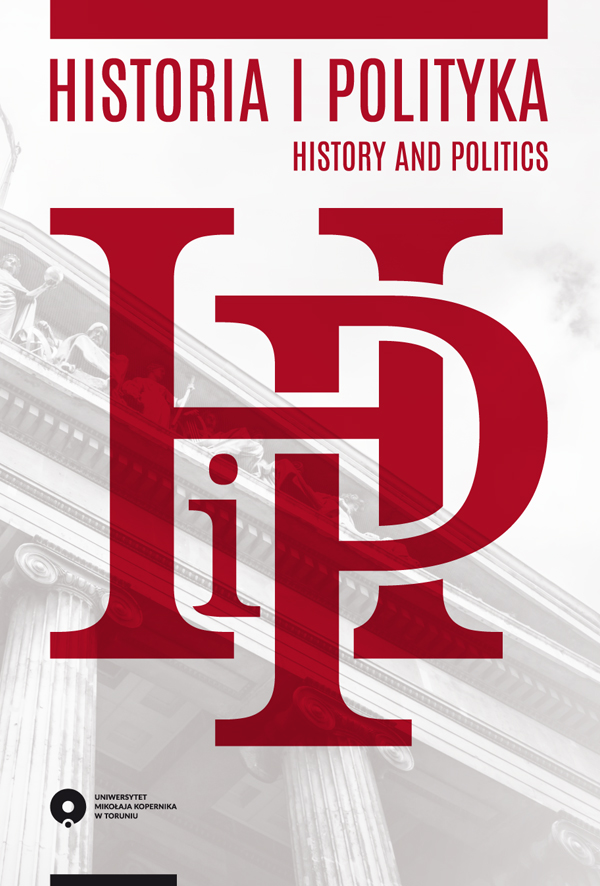Comparison of External Exposure of Central and Eastern-European States as a Factor Threatening Financial Security of Their Economies
Comparison of External Exposure of Central and Eastern-European States as a Factor Threatening Financial Security of Their Economies
Author(s): Magdalena RedoSubject(s): Politics, National Economy
Published by: Wydawnictwo Naukowe Uniwersytetu Mikołaja Kopernika
Keywords: external exposure; financial stability; creditworthiness; financial security; resilience and vulnerability to external shocks
Summary/Abstract: Central and Eastern-European countries are strongly linked to the international economic and financial systems, which results in their dependence on foreign capital and on the upturn in the global markets. This situation also makes them vulnerable to external shocks. Resilience of the economies of CEE countries was additionally diminished by their relatively quick and uncompromising opening up to the process of globalization and European integration. All the economies subject to scrutiny have quite a substantial external debt level (reaching 55–139% of GDP), their net international investment position is quite strongly in the negative (constituting 25–71% of GDP). They are also characterized by high level of foreign liabilities (85–350% of GDP), a significant degree of trade openness (export and import of goods and services amounting to 41–94% of GDP), considerable rate of foreign liquid portfolio investments (even as much as 32% of GDP). Another common feature is the strong financial support received from the EU budget, with CEE countries being its net beneficiaries (with the accumulated value of funds received from the EU budget in 2004–2015 at the level of 21–42% of GDP). It should be borne in mind that Lithuania, Latvia, Estonia, Slovenia and Slovakia are members of the Eurozone, i.e. operate an international currency, which improves their creditworthiness and augments the trust of the global markets. What seems not without significance for investors is the fact that the IMF classified these five CEE countries – as well as the Czech Republic – as advanced economies. In light of the above, it should be stated that the Polish economy is characterized by a relatively strong external exposure relative to the creditworthiness the country boasts. This exposure increases Poland’s vulnerability to shocks and makes it less immune thereto. These circumstances partially explain the higher estimation of the risk premium for investments in Poland, which reduces the state’s opportunities and prospects of development in comparison with other CEE economies. It should be stressed that when assessing the external exposure one must take into account not only its particular characteristics, but also the economic and political stability of a given country – or, more specifically and importantly, their assessment by financial markets.
Journal: Historia i Polityka
- Issue Year: 31/2018
- Issue No: 24
- Page Range: 135-159
- Page Count: 25
- Language: English

